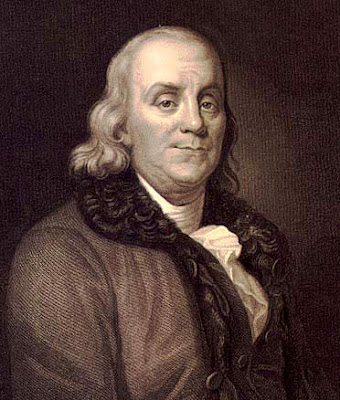A511.9.3.RB - Course Reflections
During the first week of this course I was asked to develop my own definition of leadership. After reviewing numerous definitions that others had previously proposed I suggested that leadership is: a) a process, b) performed by an individual or a group of individuals, c) influence on as few as one individual or a group of individuals, d) teaching and training to improve the ability and efficiency of the followers, e) motivation, f) continual improvement, and h) aimed at achieving a common goal. By combining all of these component I defined leadership as: a process in which an individual or group influences others, and teaches, trains, develops, and motivates them, so they can continually improve how they expertly and efficiently achieve a common goal (Clifford, 2018, p. 8).
As I review the definition of leadership that I provided several weeks ago I now feel that I may have attempted to take too broad of a perspective and encompass too many aspects of what leadership can potentially be. I included teaching and training in my original definition. I still believe that teaching and training are leadership activities and good leaders continually try to groom their followers to be better prepared for future opportunities. However, there are many times that teaching and training is not part of leadership activities. There are times when a leader’s followers are better prepared or more knowledgeable than the leader, and it is simply the leader’s job to point them all in the same direction. I now see that teaching and training should probably not be part of the fundamental definition of leadership. I now believe the same is true regarding my inclusion of motivation and continual improvement in the definition of leadership. Oftentimes it is part of a leader’s role to motivate and facilitate improvement in followers, but those activities may not need to be part of the core definition of leadership.
I now believe that Northouse’s (2016) definition of leadership captures the feeling of what it means to lead; “Leadership is a process whereby an individual influences a group of individuals to achieve a common goal” (p. 6). Embedded in this definition is the idea of influence. That influence can include the aspects of leadership that I included in my original definition; teaching and training, motivating, and continually improving. Each of those activities is performed through the influence of a leader.
As we have studied various leadership theories over the last few weeks I have come to understand better that leaders are able to positively influence others by developing quality relationships with them. Several of the leadership theories have some aspect of relationships at their core. Situational approach, path-goal theory, leader-member exchange theory, transformational leadership, authentic leadership, and servant leadership all seem to require the development of some level of relationship between the leader and the follower. I have experienced this in my own leadership activities. In one of my leadership roles I oversee several other individuals who each lead their own group. A couple years ago I decided to start meeting with each leader individually at least monthly to improve the relationship I had with them. As my relationship with each leader developed I began to notice that my ability to influence them increased. They seemed to be more willing to follow my lead and I believe they began to respect me more as an individual and were able to see that my motives were pure.
As we have studied the various leadership theories I have seen that my own leadership style is most in line with servant leadership. “Servant leadership emphasizes that leaders should be attentive to the needs of followers, empower them, and help them develop their full human capacities” (Northouse, 2016, p. 253). Additionally servant leaders build strong relationships and conduct themselves ethically to serve the greater good of their followers, the organization, and the community (Northouse, 2016). That is the kind of leader I aspire to be.
References
Clifford, M. (2018, August 7). Re: A511.1.2.DQ - Define Leadership [Online discussion group]. Retrieved from https://erau.instructure.com/courses/81820/discussion_topics/1247606
Northouse, P.G. (2016). Leadership Theory and Practice (7th ed.). Los Angeles, CA: Sage.



Comments
Post a Comment